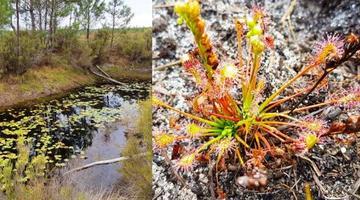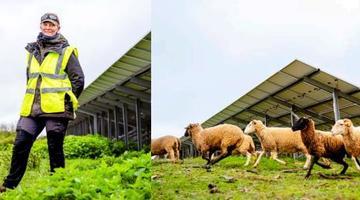Nature-Positive
We acknowledge that the installation of RES and grids, like any infrastructure, has an impact on nature and biodiversity, but such impact can be minimized and mitigated, and the impact can be an overall positive one. If done in a coordinated manner, therefore, RES and electricity grids have the potential to effectively address the twin climate and biodiversity crises, and their deployment should go hand-in-hand with nature protection and restoration.
We highlight the importance of
- Informing siting - and decision-making at large - of RES and electricity grids, through robust and holistic energy system and spatial planning, encompassing technical, environmental, and societal considerations.
- Applying the mitigation hierarchy by:
- First, avoiding or preventing negative impacts;
- Second, where impacts cannot be avoided, to minimising damage and rehabilitating their effects (e.g. by increasing biodiversity at PV, wind and grid sites);
- Third, offsetting or compensating residual adverse impacts. The attainable outcome may vary based on factors such as project specifics, magnitude of impact, site constrains, feasibility of mitigation measures or national framework conditions.
- Cooperating with developers and sharing good practices to address the challenges they face in applying the mitigation hierarchy such as conflicts with other land users, constrained available land, increased costs, limited scientific data, absence of harmonisation in biodiversity assessment approaches, and complex interactions among different ecosystems within the same project.


